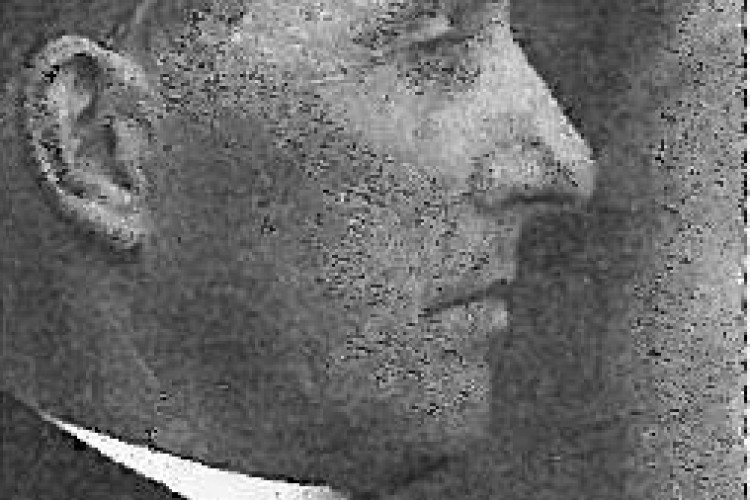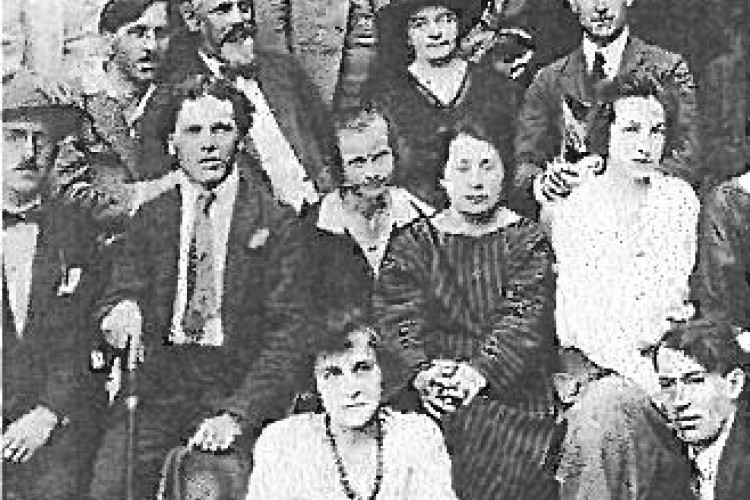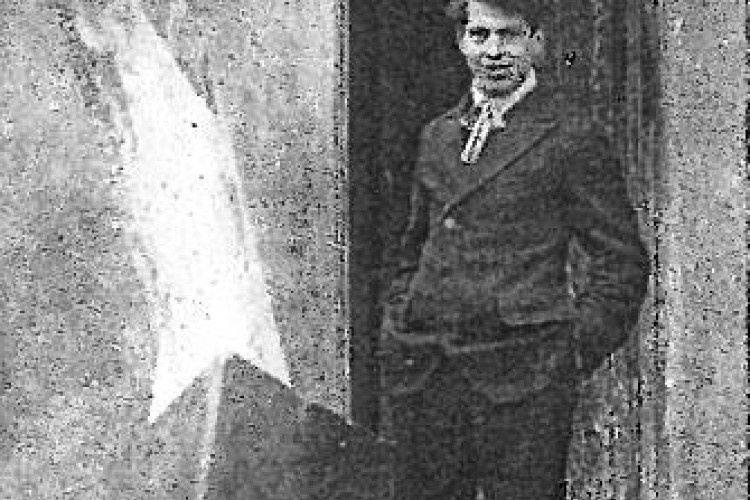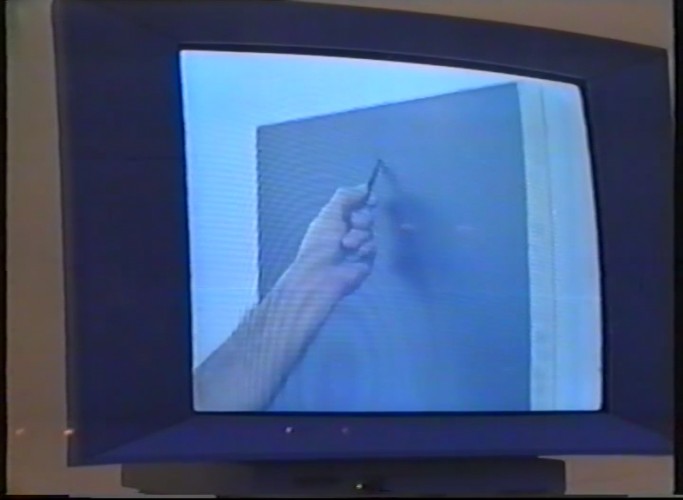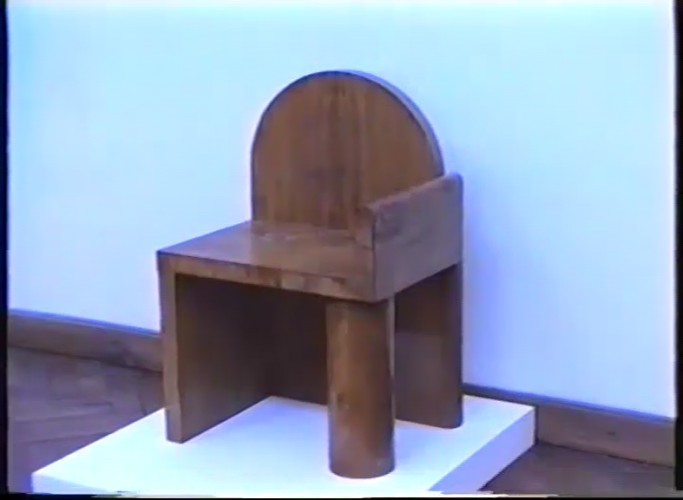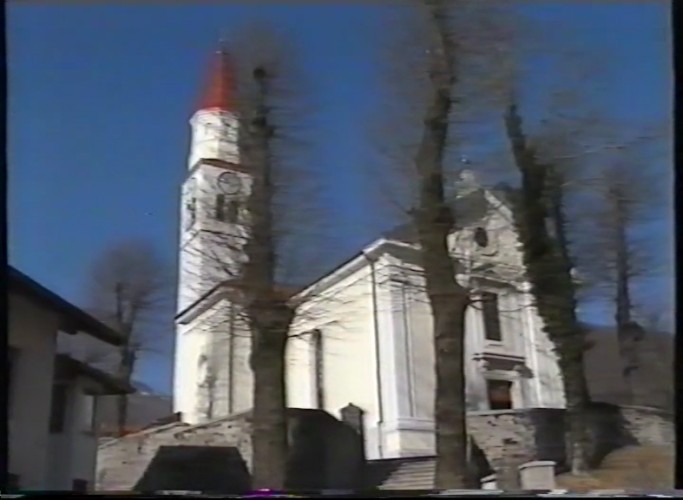Born in 1900, to Margareta and Janez Kralj at Zagorica near Dobrepolje, as the third of the four surviving of their six children.
He graduated in 1920. During his school years, he contributed illustrations to the hand-written school gazette Domače vaje (Homework). His artistic talent was honed by the proximity of his elder brother France and his grammar school teacher Gašper Porenta.
A colleague from the Prague academy, painter and graphic artist Božidar Jakac was to remember, some fifty years on: "He continued his schooling after the war and, after the matriculation, his mother bought him a black suit, convinced he was joining the seminary to become a priest at Videm by Dobrepolje where she would join him. In this same suit he then went to Prague in the autumn of 1920, informing her that he could not, that it was not to be his vocation."
His first exposure to the public came in 1920, during the XVIIth exhibition at the Jakopič Pavillion. Until its demise, he was a member of the Young Artists' Club (1921 - 1928), the initially informal gathering of artists, later to become the Slovene Artists' Association, inaugurated and led by his brother France.
Josip Dostal, the episcopal secretary in Ljubljana refused the proposal by France and Tone Kralj for the murals at the parish church of the Holy Cross at Videm,on the basis that " through Impressionism, Expressionism, primitivism. Cubism and Futurism, modern painting leads into - nothing."
In 1923 he worked on the Last Supper, "a psychological study of the moment when Christ foretells Judas' betrayal". Expressionist painting, The Storm, in his version and according to his contemporaries, not a "natural phenomenon", but "a storm of human relations".
Sculptural masterpiece Passio, which through its symbolism of Christ's Passion opens itself to "peoples and centuries".
It was with this work that Tone Kralj went beyond the theatrical inheritance of pompously declamatory religious art of the 19th century. Dr. Rajko Ložar asked himself (1929, in the magazine Illustration) whether Kralj's Christ Crucified might not be an interpretation of the Ivan Pregelj crucifix as described in the novel Plebanus Joannes: "The vicar then looked up at the Crucifix over the door of the room and addressed the Crucified with clenched teeth. He had carved that face himself, he had himself fashioned those limbs, he had himself punched in those horrendous wounds, in his bitter love and with his hard, heavy hand. He addressed the visage that only to him looked infinitely good and to everybody else appeared threatening with an unholy, inhuman expression that was beyond comprehension. He addressed his God with his word.
In 1926, 1928, 1930, he attended Biennale in Venice with a wooden statue called Poveličani Kristus, a picture of the Slovenian wedding and graphic works.


